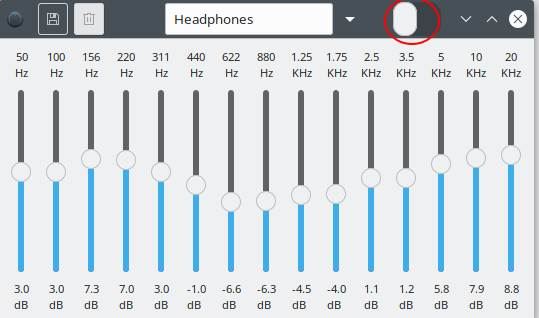I see that is interesting. I am glad it exists.
Nah nah you are all good ![]()
One question out of topic, which OS you personally find better, openSUSE or EndeavourOS?
I see that is interesting. I am glad it exists.
Nah nah you are all good ![]()
One question out of topic, which OS you personally find better, openSUSE or EndeavourOS?
This question is hard to give an answer to because they both have different pros and contras. When it’s up to the rolling release feature I guess EndeavourOS has the lead. You would have to compare it to openSUSE Tumbleweed which is not really considered to be rock stable. It’s not recommended for unexperienced users. If you use the regular version of openSUSE (at the moment 15.1) you will not get the latest versions of software without using so called home repositories (3rd party repositories; comparable with *buntu ppa). If you don’t know what you’re doing here, you can severely harm your system. But you get a rock stable system. The corporation between openSUSE and SLES/SLED is very close and both parties have a lot of benefit from that. One of the, in my opinion, killer apps in openSUSE is yast (yet another setup tool) which allows you to configure your whole system using gui. Thats’ great especially for beginners. Lately snapper is installed per default (/ = Btrfs, /home= XFS), which allows you to make snapshots of your system so you can just go back to a stable point. These snapshots are also automatically taken before and after installing/updating packages. That’s a great feature too.
As I told you in my first sentence it’s hard to tell. I like them both for different reasons. And I use them both. At the moment I’m using EndeavourOS most of the time just to get to know it better.
I thought it would be at least a little more stable than Arch based distros?
Is that similar to timeshift?
I see, just out of curiosity do you have a separate partition and you mount it as a /home partition for both openSEUSE and Endeavour?
The focus is definitely on the stable releases. Tumbleweed can be considered as the playground for the stable release.
The Tumbleweed distribution is a pure rolling release version of openSUSE containing the latest stable versions of all software instead of relying on rigid periodic release cycles. The project does this for users that want the newest stable software.
Tumbleweed is based on Factory, openSUSE’s main development codebase. Tumbleweed is updated once Factory’s bleeding edge software has been integrated, stabilized and tested. Tumbleweed contains the latest stable applications and is ready and reliable for daily use.
Bleeding edge in my opinion implies not being rock stable. According to my experience (and to the experience in our forum) it’s a good and reliable OS for people who are experienced and know how to defend themselves if the system does not run as it is supposed to do.
The thing that’s closest to snapper are the well known Windows restore points. It’s not a backup software.
No. I installed both on two sepereate hard disks. openSUSE using Btrfs for / and Xfs for /home and EndeavourOS using two ext4 partitions for / and /home.
I think that is exactly what it means ![]()
Is snapper available for Endeavour as well?
I see, may I ask how come you use Btrfs for root and Xfs for home. What do they offer that ext4 doesn’t offer?
It’s available in AUR.
Snapper Archwiki
The experts have to tell you, if that also works on EndeavourOS.
These are default (at least on openSUSE) for use with snapper. I never tried it with ext4. A friend (he is a real expert with that stuff) told me that you could do it with ext4 but he would not recommend.
Hey guys

I am just wondering how come this keeps switching off? How do I get this to switch on upon startup?